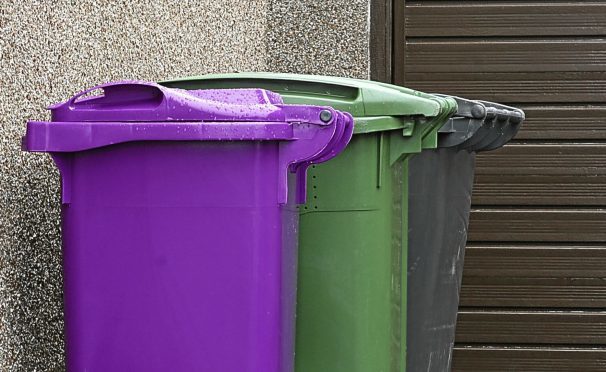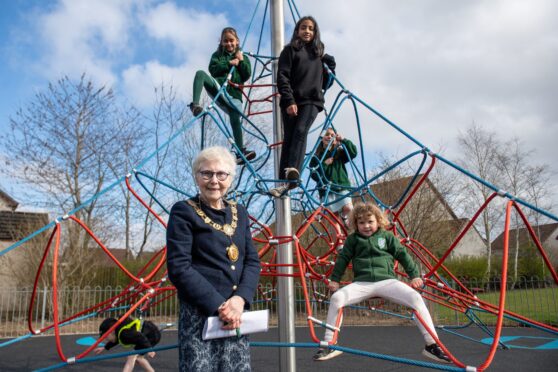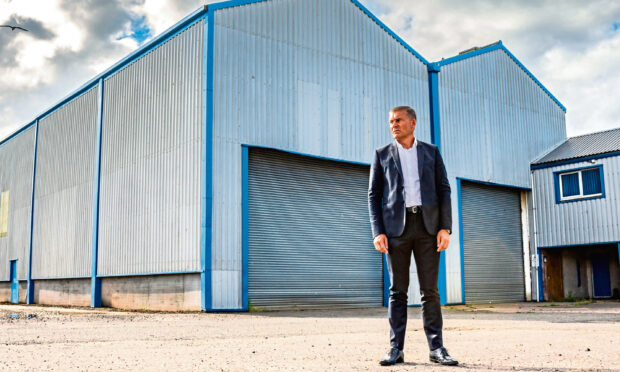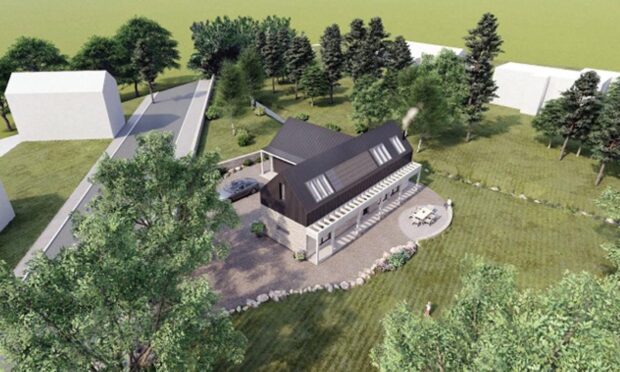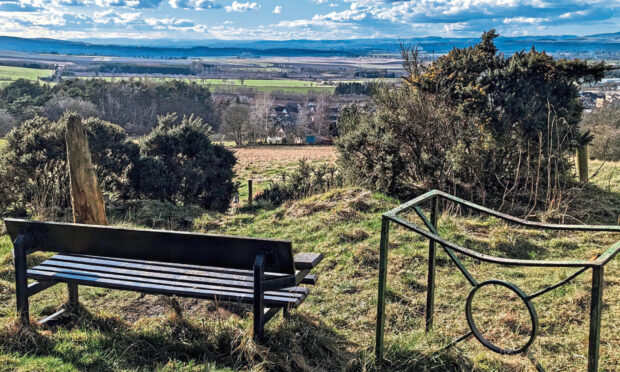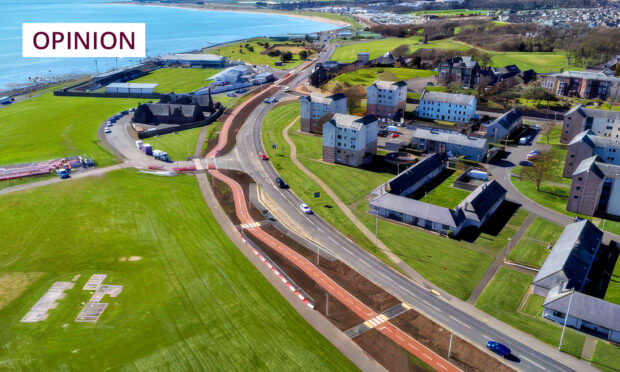The level of “contamination” in recycling bins in Angus has increased by 50% in the last three years.
The amount of incorrect items in grey bins has rocketed since the kerbside recycling scheme was introduced in 2014.
Shortly after the new bins were introduced the amount of unwanted materials was 4%.
However a recent council analysis found that this had now increased to 6% – a level which means the council has to pay additional disposal charges.
Angus Council is now planning to launch a Right Stuff in the Right Bin awareness campaign at the start of next year.
This will involve stickers being placed on the bins to show which items are permitted.
There will also be a social media campaign as well as information stands at county supermarkets.
The council report states: “The percentage of contamination permitted in the dry mixed recycling collected in Angus is currently 5%, above which level the council pays extra disposal charges.
“When the kerbside recycling scheme was introduced the level of contamination was around 4% however it is now 6%, a rise that can be attributed to technical changes in the way the materials collected are classified and sampled and also because more of the wrong items are being put in recycling bins.”
Arbroath West and Letham councillor Richard Moore said he felt the county schools should also be involved in the awareness campaign.
He said: “I would dearly love the schools to get involved because if you get them involved from the beginning they will tell the parents off if something is going in the wrong bin.”
Forfar councillor Lynne Devine pointed out that all Angus primaries are eco-schools and were therefore already doing their bit.
“It is very much the case that they are being taught young,” she said.
“But what emerged from the excellent litter summit staged in Angus is that when children get to secondary something happens about taking responsibility for picking up litter.
“The summit was an excellent example of collaboration,” said Ms Devine, who highlighted Easthaven Together as a great community model for other parts of Angus.
Meanwhile an analysis of the general waste bins in Angus found that more than half their contents could have been recycled.
Approximately a third of the contents of the purple bins were food waste and 20% was material that could have been put in the grey recycling bin.
